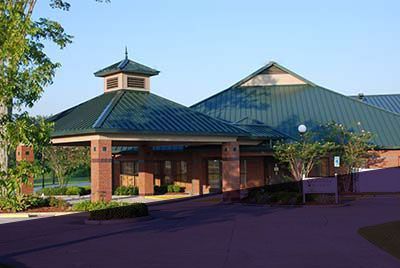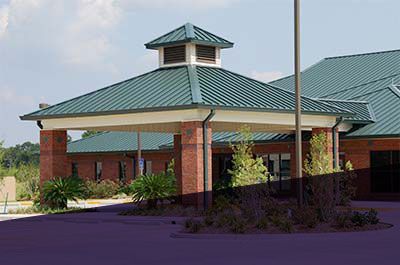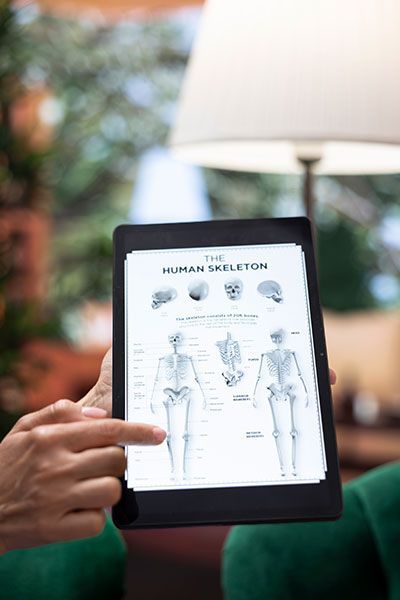Neck Pain
Pain we treat
Get neck pain relief
Neck pain is a common problem that can come from a number of different injuries and disorders to the neck. It can be caused by a variety of reasons, such as muscle strains, arthritis, degenerative disc disease, injuries, spinal stenosis, or fibromyalgia. At Headache & Pain Center, AMC, in Gray and New Iberia, Louisiana, the team offers a wide range of advanced diagnostics and cutting-edge treatments. Leading provider Jimmy Ponder Jr., MD, has over 30 years of combined experience diagnosing and treating pain. To schedule an appointment for your neck pain, call or make an appointment online today.
Neck Pain Q & A's
What are some common causes of neck pain?
Possible causes of your neck pain include:
Arthritis pain can be the result of age-related wear and tear, injury, or pain after spinal surgery. At Headache and Pain Center, we offer minimally invasive and highly effective treatment options for arthritis pain such as facet nerve blocks and radiofrequency ablation (RFA). We offer anesthesia so that you do not have to be awake during these procedures.
Degenerative Disc Disease
Degenerative disc disease can be the result of age-related wear and tear, injury, or inherited genetic traits. Pain caused by a bulging or herniated disc often travels from the neck all the way down the arm, and may be associated with numbness, tingling, or weakness.
Spinal Stenosis
Spinal stenosis occurs when the spaces within your spine narrow, putting pressure on the spinal cord and nerves in your neck. This can lead to pain, numbness, or weakness in your neck and arms. You may have difficulty holding your head up. Spinal stenosis is caused by age-related arthritis, herniated discs, stiffening of the ligaments that hold up the spine, tumors, or injuries. Some people are born with spinal stenosis.
Muscle Strains
Muscle strain is caused by overuse or injury to the muscles in your neck nearby the spine. This pain often feels like tenderness, weakness, and may have swelling, bruising, weakness, or limited movement. Sometimes, muscle spasms may occur. Muscle strains in the neck should be treated with rest and ice. Over the counter pain medications such as acetaminophen or ibuprofen are helpful. Physical therapy can also guide you through stretches and strengthening exercises to restore function.
Fibromyalgia
Fibromyalgia is a chronic condition that causes widespread pain, fatigue, and sleep disturbance. Neck pain caused by fibromyalgia is often highly sensitive to touch, and also associated with whole body pain, headaches, anxiety, or depression. Fibromyalgia is caused by abnormal pain processing in the brain and spinal cord. At the Headache and Pain Center, we offer treatment options for fibromyalgia such as prescription medications and trigger point injections.
Conditions like herniated discs or bone spurs can put pressure on the nerves near your neck, resulting in nerve pain. Problems with your nerves typically result in a burning or shooting pain that’s frequently accompanied by tingling or numbness.
Joint Problems
Damage or defect to the joints in your neck is another common source of neck pain. Age-related wear and tear on your joints can deteriorate the cartilage in between your vertebrae, causing pain and restricted motion.
Although much less common, conditions like rheumatoid arthritis, meningitis, and cancer can also cause neck pain.
relief starts here
When should I see a doctor about my neck pain?
In most cases, neck pain is short-lived and typically clears up on its own. If you experience neck pain that lasts more than a few days, you should book an appointment at Headache & Pain Center, AMC. The team can help determine the underlying cause of your condition and avoid worsening symptoms.
You should also seek medical care if your neck pain becomes severe or is accompanied by numbness, tingling, or a headache.
How is neck pain diagnosed?
There are many possible causes of your neck pain, so a proper diagnosis is essential. Headache & Pain Center, AMC, offers a number of advanced diagnostics including X-rays and open MRIs to fully evaluate the structure of your neck.
After your examination, your doctor works with you to develop your customized treatment plan. In many cases, the team helps patients eliminate their pain without the need for surgery or habit-forming narcotics.
treatment options
- Injections
- Physical therapy
- Over-the-counter pain relievers
The practice also offers radiofrequency facet treatment, a minimally invasive treatment that allows your doctor to eliminate pain-causing nerve tissue.
Degenerative disc and stenosis pain
We offer minimally invasive and highly effective treatment options for degenerative disc and stenosis pain such as epidural steroid injections (ESI) and catheter injections. We offer anesthesia so that you do not have to be awake during these procedures.
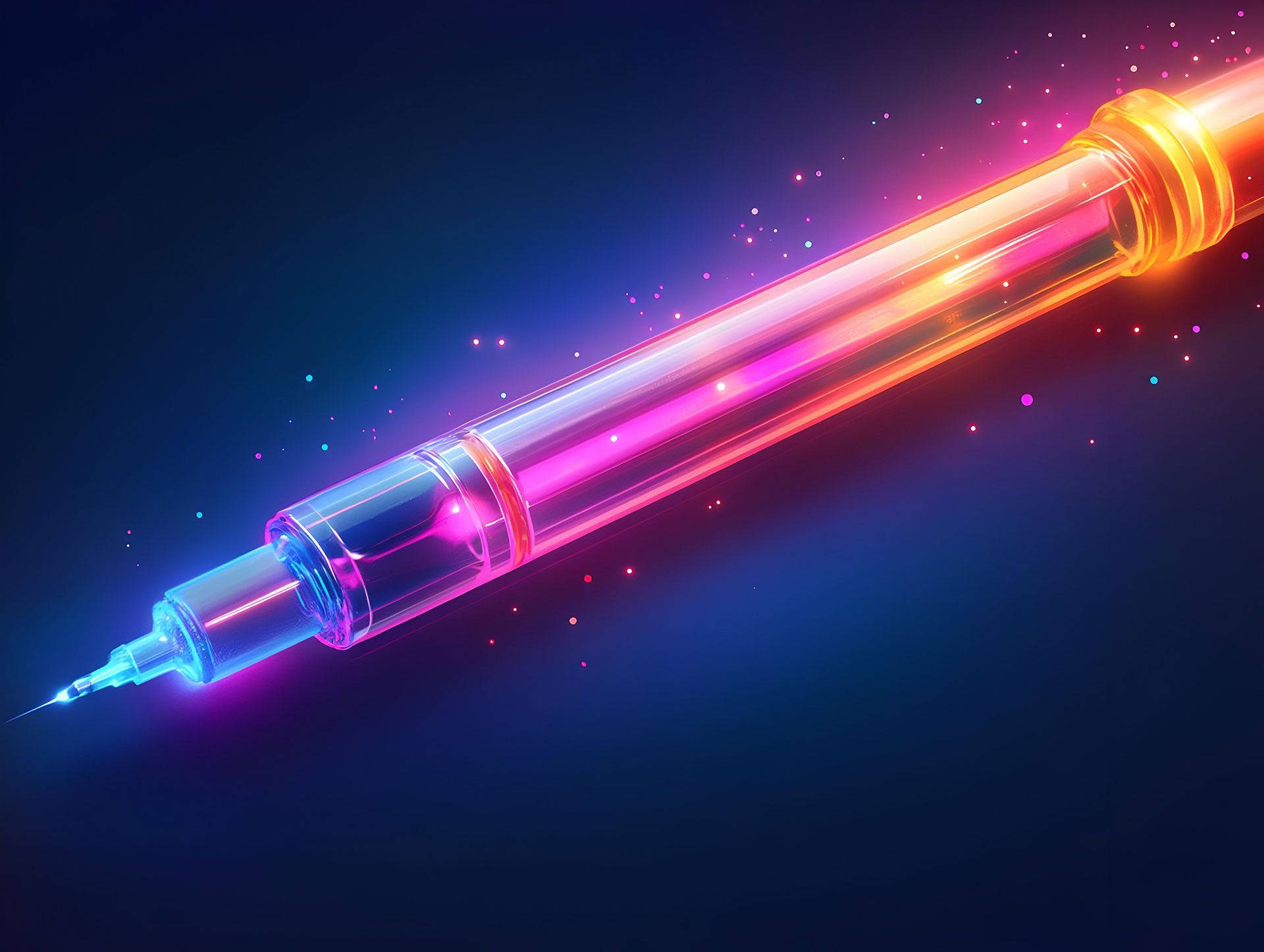
Epidural Steroid Injection
During an epidural steroid injection, X-ray imaging guidance is used to inject a corticosteroid (a powerful anti-inflammatory drug) and a pain numbing agent into the spine. Both medications work together to reduce the swelling in a herniated disc or narrowed stenotic area, and to heal nearby irritated spinal nerves. An ESI is targeted to the exact area where the bulging disc or stenosis is located, which makes it work better than oral pain medications which go all over the body and are unable to focus on a particular area.
The procedure is usually performed in under 15 minutes in the office. Relief can be immediate or take a few days, and lasts for months or years.

Catheter Injection
LEARN MOREDuring a catheter injection, X-ray imaging guidance is used to infuse an anti-inflammatory or pain blocking agent over a larger area of the spine. This procedure is similar to an ESI, but the medication can be spread over a larger area, and stronger medications can be used.
The procedure is usually performed in under 20 minutes in the office. Relief can be immediate or take a few days, and lasts for months or years.
Fibromyalgia pain
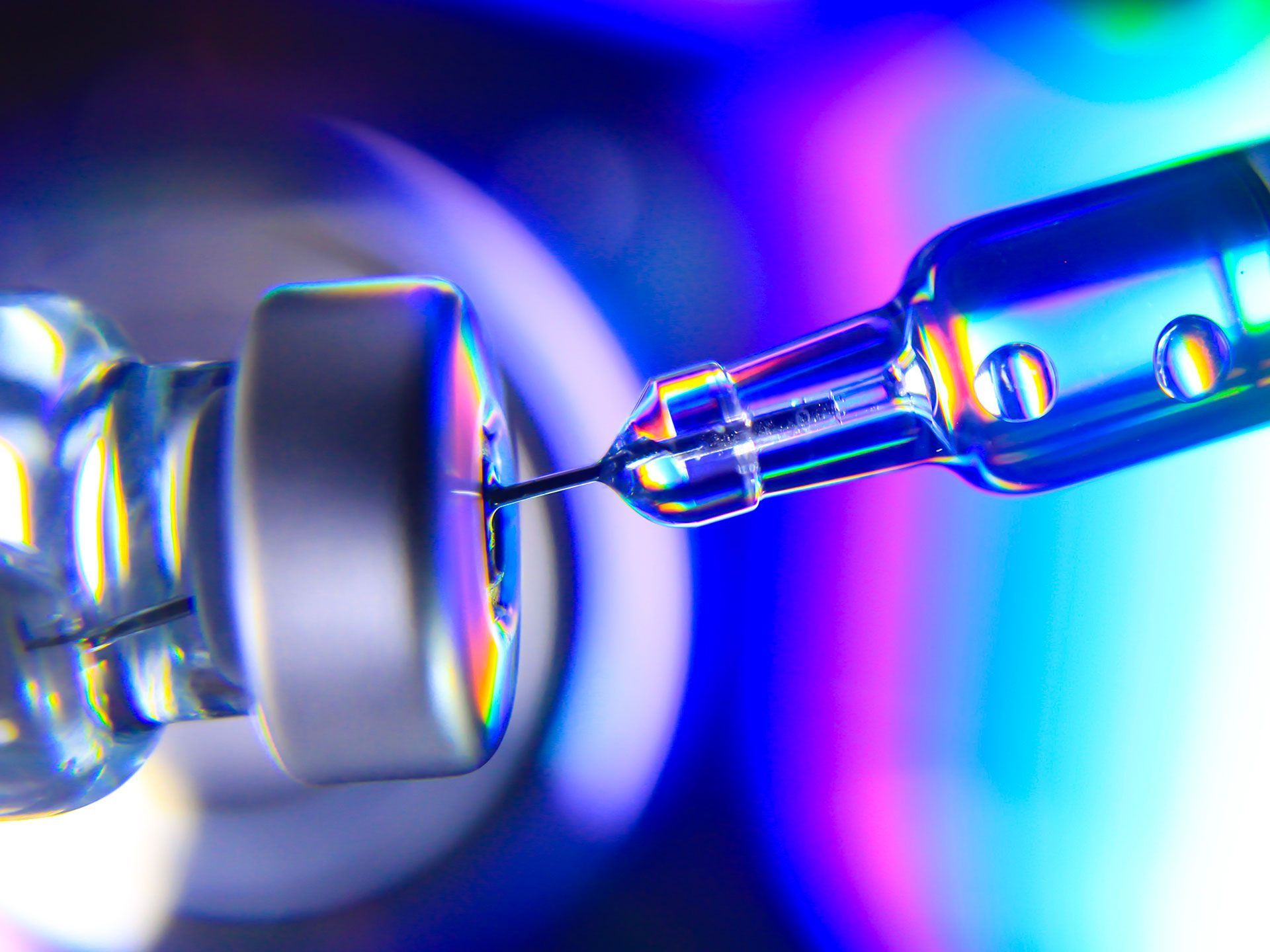
Trigger Point Injection
During a trigger point injection (TPI), a small needle is inserted directly into tight, knotted muscles in the neck and shoulders. The injection usually contains a local anesthetic (like lidocaine) and sometimes a corticosteroid to reduce inflammation. The goal is to relax the muscle, improve blood flow, and break the pain cycle.
The procedure is usually performed in under 10 minutes in the clinic, and relief can last for several months.
At Headache & Pain Center, AMC, the team aims to help you return to your normal lifestyle as soon as possible. To find out which treatment is right for you, book an appointment by phone or online today.
How do you treat neck pain?
Depending on your diagnosis, treatment for your neck pain may include:

